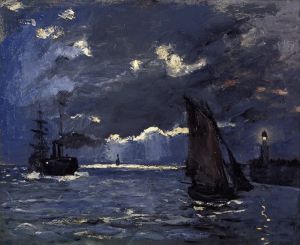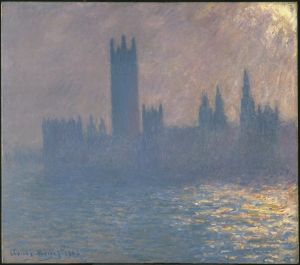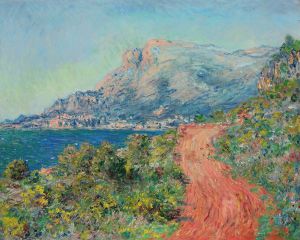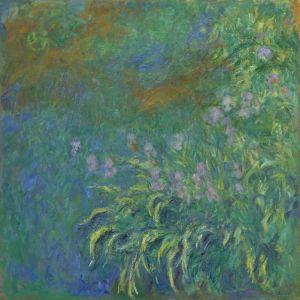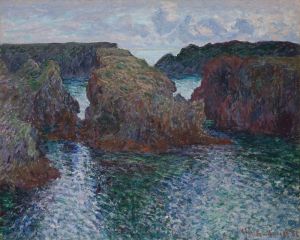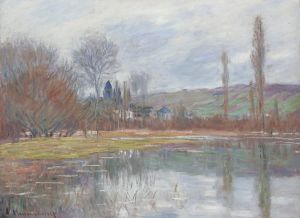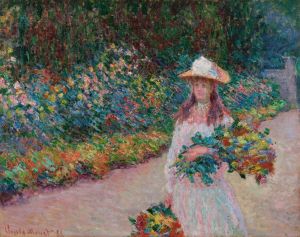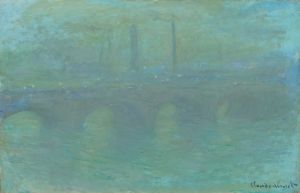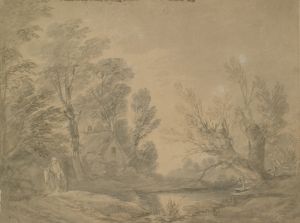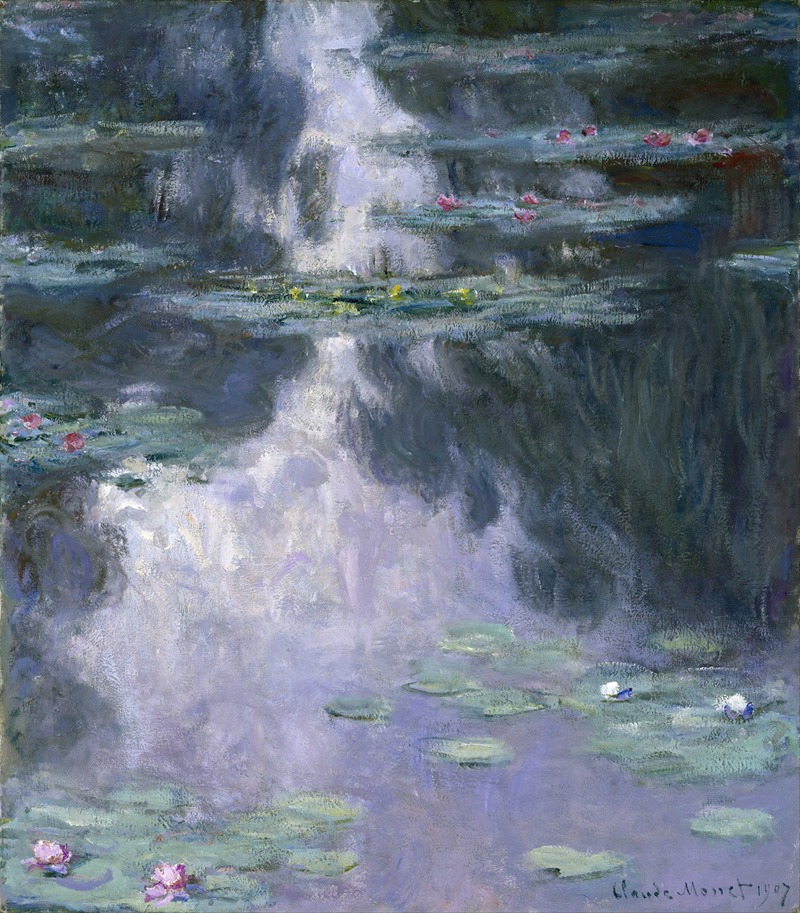
Water Lilies
A hand-painted replica of Claude Monet’s masterpiece Water Lilies, meticulously crafted by professional artists to capture the true essence of the original. Each piece is created with museum-quality canvas and rare mineral pigments, carefully painted by experienced artists with delicate brushstrokes and rich, layered colors to perfectly recreate the texture of the original artwork. Unlike machine-printed reproductions, this hand-painted version brings the painting to life, infused with the artist’s emotions and skill in every stroke. Whether for personal collection or home decoration, it instantly elevates the artistic atmosphere of any space.
Claude Monet's Water Lilies is a series of approximately 250 oil paintings created by the French Impressionist artist between 1897 and 1926. These works depict Monet's flower garden at his home in Giverny, France, and are widely regarded as some of the most iconic and influential pieces in the Impressionist movement. The paintings focus on the water lily pond in his garden, capturing its surface, reflections, and the interplay of light and color.
Monet began working on the Water Lilies series after purchasing his property in Giverny in 1890 and transforming the garden into a carefully designed space. He installed a water lily pond, which became the primary subject of these paintings. The pond was inspired by Japanese gardens, and Monet even included a Japanese-style wooden footbridge in the landscape, which appears in some of the earlier works in the series.
The Water Lilies paintings are characterized by their emphasis on light, color, and atmosphere rather than precise detail. Monet often painted the same scene multiple times under different lighting conditions and at various times of the day, exploring the effects of natural light and seasonal changes. The compositions frequently lack a clear horizon or focal point, creating a sense of immersion and abstraction that was groundbreaking for its time.
One of the most notable aspects of the series is its scale. Some of the later works, particularly those created in the last decade of Monet's life, are monumental in size, with panels reaching up to six feet in height and spanning over 40 feet in length when displayed together. These large-scale works were intended to envelop the viewer, creating an almost meditative experience. Monet donated several of these large panels to the French state, and they are now permanently displayed in two oval rooms at the Musée de l'Orangerie in Paris, where they are arranged to provide a panoramic view of the water lily pond.
Monet continued to work on the Water Lilies series despite facing significant challenges in his later years, including cataracts that affected his vision. His determination to capture the beauty of his garden and his innovative approach to composition and technique have made the Water Lilies series a cornerstone of modern art. Today, individual paintings from the series are held in major museums and private collections around the world, and they remain a testament to Monet's mastery of Impressionism and his enduring influence on the art world.






